detail profile gis c3 a8le tr c3 a9panier
Peran Yang Di Mainkan Gisèle Trépanier
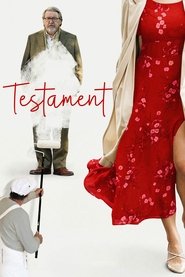 In an era of political correctness...
In an era of political correctness...Testament 2023
In an era of political correctness, identity evolution, protests, cultural scandals, activism, media storms, and other disputes, Jean-Michel, a 70-year-old single man, has lost all his bearings in this society. He lives in a retirement home located in a heritage building, managed with care and precision by Suzanne. Their peace is shaken by the arrival of young activists who demand the destruction of a historic fresco. Overwhelmed by an era dominated by political correctness, Jean-Michel will regain faith in humanity with the birth of an unexpected love.
 JeanMarc is a man without qualities...
JeanMarc is a man without qualities...Days of Darkness 2007
Jean-Marc is a man without qualities living in times that are out of joint. His wife and children ignore him; he's a mid-level government functionary in Montreal doing his job without care. He has an active imagination of sexual conquest, but his only real feelings come when he visits his aged mother, whose health is failing. When his wife leaves abruptly to work in Toronto, Jean-Marc sets out to reorder things with his daughters, his social life, and at work. In a world that at best is a farce, does he stand a chance?
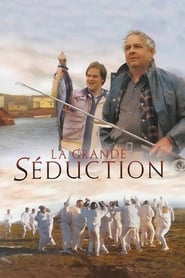 A muchneeded boost in the form...
A muchneeded boost in the form...Seducing Doctor Lewis 2003
A much-needed boost, in the form of a new factory, is promised to the residents of the tiny fishing village St. Marie-La-Mauderne, provided they can lure a doctor to take up full-time residency on the island. Inspired, the villagers devise a scheme to make Dr. Christopher Lewis a local.
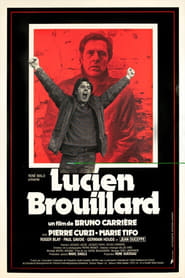 Solitary anarchist Lucien Brouillard ceaselessly fights...
Solitary anarchist Lucien Brouillard ceaselessly fights...Lucien Brouillard 1983
Solitary anarchist, Lucien Brouillard ceaselessly fights for his rights and those of his societal peers. His subversive whistleblower activities will bring him endless troubles, and he will begin a real descent into Hell after his former childhood friend, and now judge, Jacque Martineau.
 A writer Kamouraska is based on...
A writer Kamouraska is based on...Kamouraska 1973
A writer, Kamouraska is based on a real nineteenth-century love-triangle in rural Québec. It paints a poetic and terrifying tableau of the life of Elisabeth d'Aulnières: her marriage to Antoine Tassy, squire of Kamouraska; his violent murder; and her passion for George Nelson, an American doctor. Passionate and evocative, Kamouraska is the timeless story of one woman's destructive commitment to an ideal love.
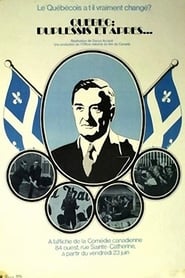 This film establishes a parallel between...
This film establishes a parallel between...Québec: Duplessis and After ... 1972
This film establishes a parallel between the 1970 electoral campaign in Québec and the 1936 campaign dominated by Maurice Duplessis. It shows the hope but also the uncertainty that existed in 1970. Had the Quiet Revolution really changed things in Québec? Was it possible that a new leader would emerge on the political scene? (NFB.ca)
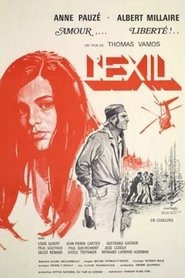 Summoned by his bosses to broadcast...
Summoned by his bosses to broadcast...L'exil 1972
Summoned by his bosses to broadcast only neutral information, Jean, a reporter, leaves town with his friend to go and collect testimonies from simple people, in the heart of the Laurentians, and reach out to them and outside society at genuine freedom, happiness. The departure is joyous, but the isolation in which they confine themselves does not bring either of them the results they expected. The adventure ends in failure. Would it be an illusion to believe that one can escape the community to which one belongs?
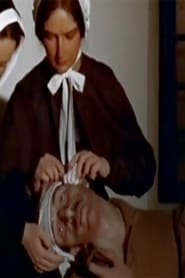 Today it is the city of...
Today it is the city of...Ville-Marie 1965
Today it is the city of Montreal, but 3 centuries ago the tiny band of missionary founders called it Ville-Marie, the holy city of Mary. This film goes back to its beginning and those who felt called to plant an oasis of Christianity in the North American wilderness. In an imaginative, at times almost surrealistic, way the film recalls the highborn company from France, and shows what survives of Ville-Marie in the Montreal of today.
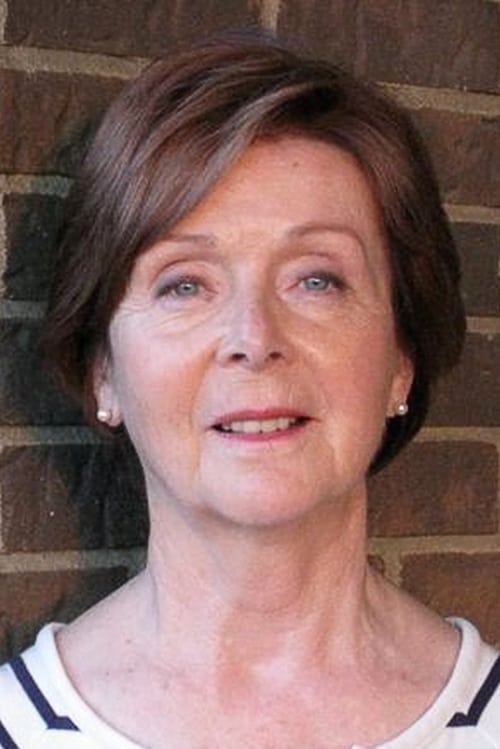
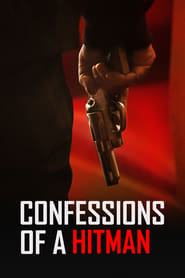 A paid assassin working for the...
A paid assassin working for the... Upon learning of their mothers death...
Upon learning of their mothers death...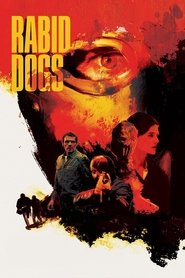 After a bank job goes badly...
After a bank job goes badly... An architect and his wife see...
An architect and his wife see...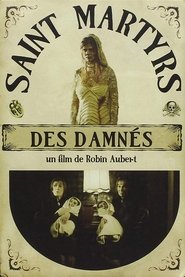 A reporter goes to a mysterious...
A reporter goes to a mysterious... A 12yearold girl faces a father...
A 12yearold girl faces a father... A group of actors putting on...
A group of actors putting on...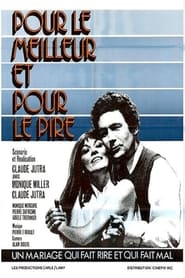 An acerbic and surreal comedy about...
An acerbic and surreal comedy about...